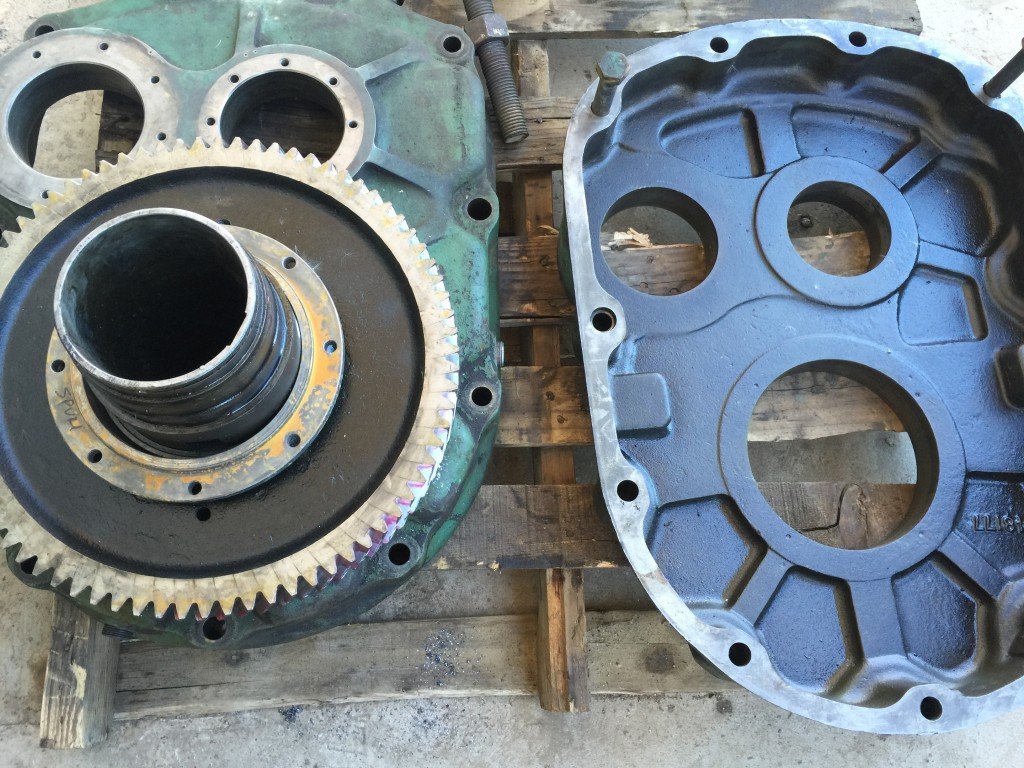Mobile:+86-311-808-126-83
Email:info@ydcastings.com
English
25mm Blanking Cap Options for Secure Sealing and Protection in Various Applications
Understanding the Importance of a 25mm Blanking Cap
In various industries, from manufacturing to plumbing, the term blanking cap is commonly used. Among its many variants, the 25mm blanking cap stands out due to its versatility and effectiveness in sealing applications. This article explores what a blanking cap is, its significance, uses, and the materials typically involved in its production.
What is a Blanking Cap?
A blanking cap is a type of fitting used to close off an opening or end of a pipe, tube, or conduit. It serves the fundamental purpose of preventing contaminants from entering the system, ensuring fluid integrity, and avoiding pressure loss. The 25mm specification indicates that the cap is designed to fit pipes or tubes with a 25mm diameter. These caps are essential components in a range of systems, from water supply lines to HVAC systems and even in automotive applications.
The Importance of a 25mm Blanking Cap
The importance of a 25mm blanking cap cannot be overstated
. As industries strive for efficiency and safety, the need for secure and reliable capping solutions has never been greater. A correctly fitted blanking cap ensures that no leaks occur in the system, which could otherwise lead to waste, potential damage, or even safety hazards due to liquid or gas escaping from the system.Additionally, in many applications, a blanking cap serves as a temporary solution during maintenance or construction. For example, when a section of a pipeline is being replaced, installing a blanking cap at the open end prevents any leaks while work is being carried out. This capability is crucial in minimizing downtime and maintaining the continuity of operations.
Uses of 25mm Blanking Caps
25mm blanking cap

25mm blanking caps are widely used across various applications. In plumbing, they close off water supply lines or drainage systems that are not in use. In manufacturing, these caps are utilized in hydraulic and pneumatic systems to maintain pressure and ensure efficiency during operations. Furthermore, they play a critical role in the automotive industry by sealing fuel lines, air ducts, and other important systems.
The versatility of these caps is evident in their deployment across different materials and systems. They can also be found in electrical applications, where they serve to close off unused conduits, preventing moisture and debris from causing electrical failures.
Materials and Design Considerations
When it comes to materials, 25mm blanking caps are typically made from a variety of robust substances, including plastic, rubber, and metals. Plastic caps are favored for their lightweight nature and corrosion resistance, while metal caps may be used in high-stress applications due to their durability. In environments where temperature fluctuations are a concern, manufacturers often opt for materials that can withstand extreme conditions.
The design of a blanking cap is equally important. A well-designed cap should provide a snug fit to prevent any leakage while being easy to install and remove. Features such as ribbed edges or built-in seals can enhance their performance, ensuring a secure closure.
Conclusion
In conclusion, the 25mm blanking cap is a small yet vital component in many systems across various industries. Its primary role in sealing and protecting systems from contamination and leakage makes it an indispensable part of infrastructure. As industries continue to evolve, the demand for reliable and durable blanking solutions will likely grow, underscoring the importance of this seemingly simple yet highly functional product. Whether for temporary use during maintenance or as a permanent solution in a pipeline, the 25mm blanking cap embodies efficiency, safety, and practicality in modern systems.
-
Premium Fan Housing & Motor Casing for Optimal AirflowNewsAug.31,2025
-
High-Performance Automobile Water Pump & Electric SolutionsNewsAug.30,2025
-
Expert Stainless Steel Casting | Precision & Durable Metal PartsNewsAug.29,2025
-
Precision Metal Castings: Aluminum, Stainless Steel & Die CastingNewsAug.28,2025
-
Superior Aluminum Castings in Automotive Engine PartsNewsAug.22,2025
-
Common Materials Used in Fan Housing ManufacturingNewsAug.22,2025











